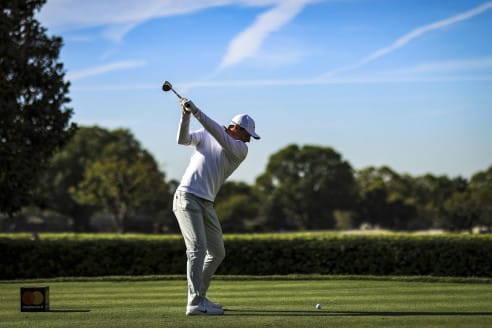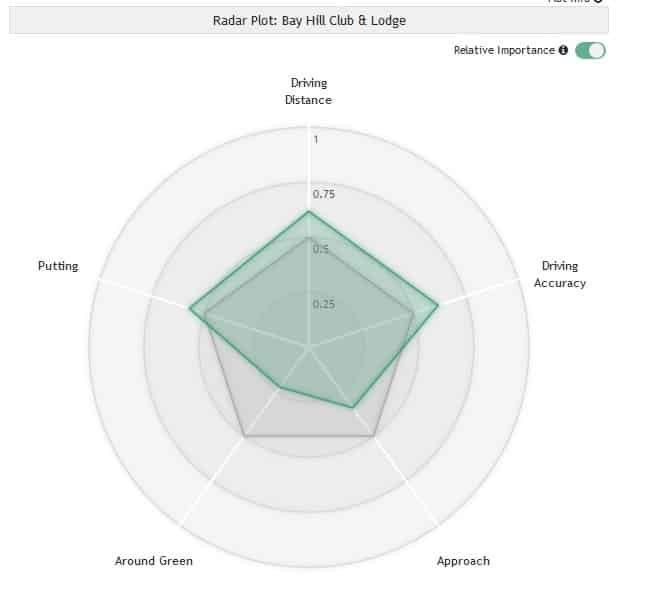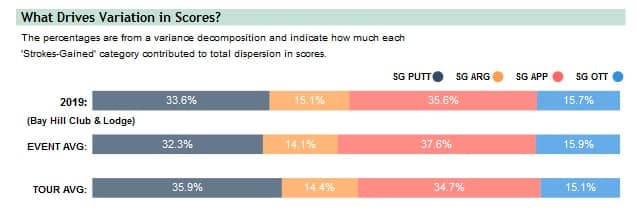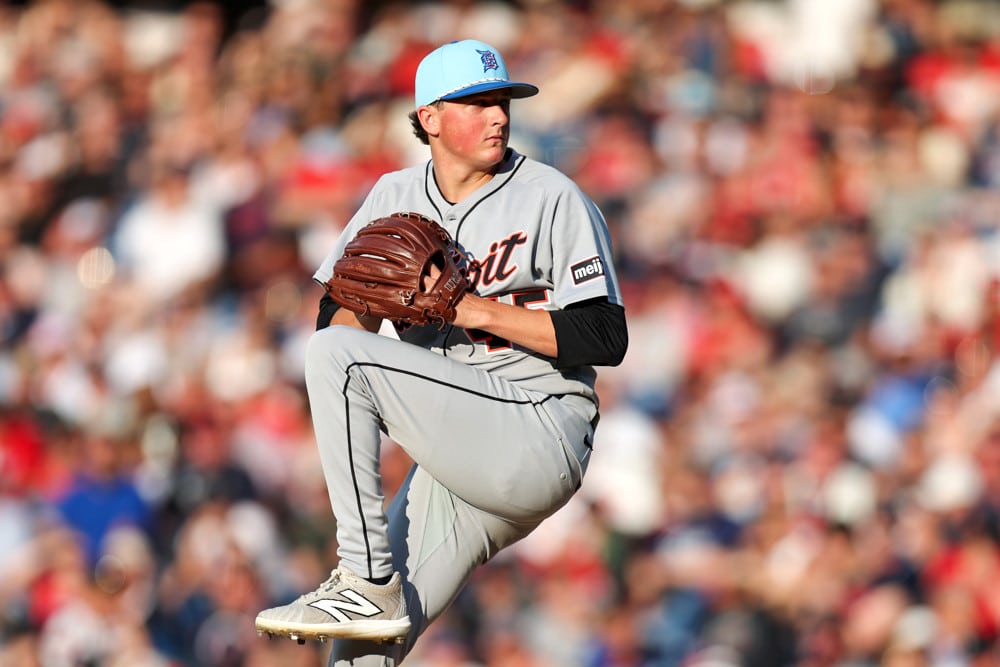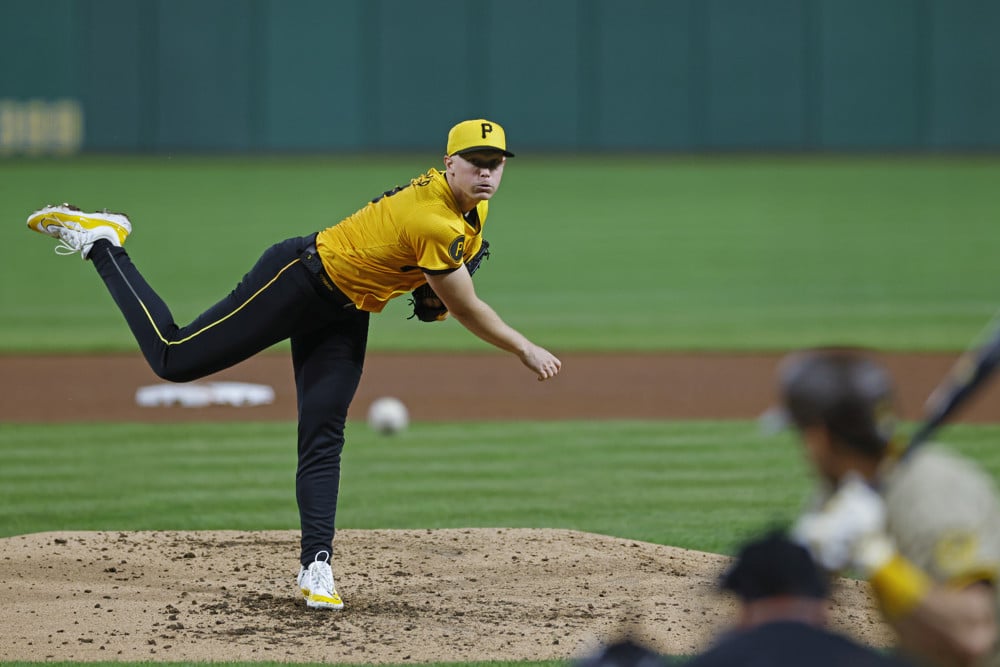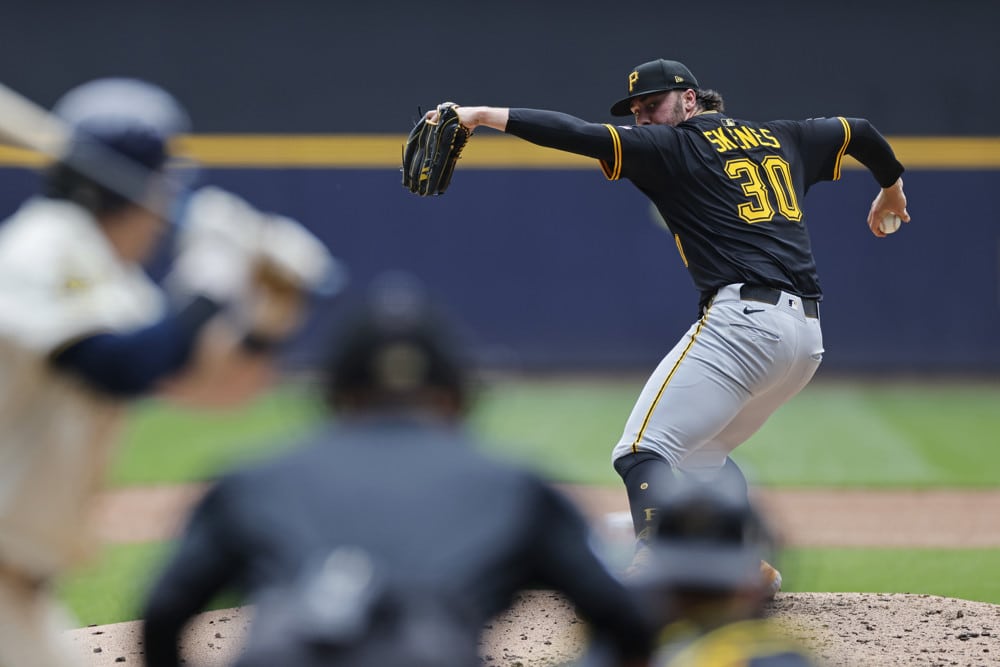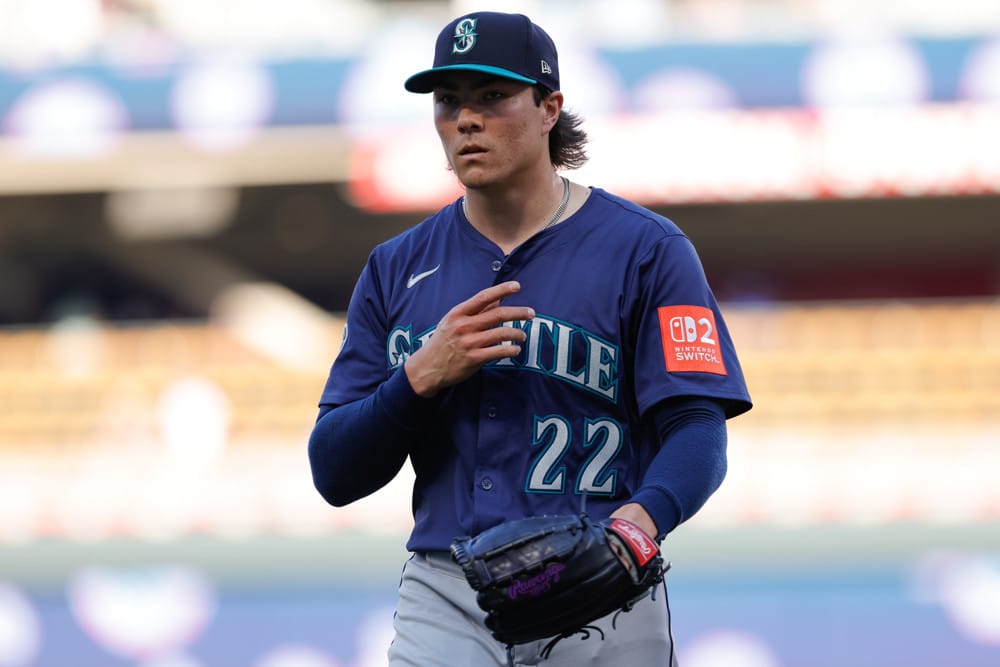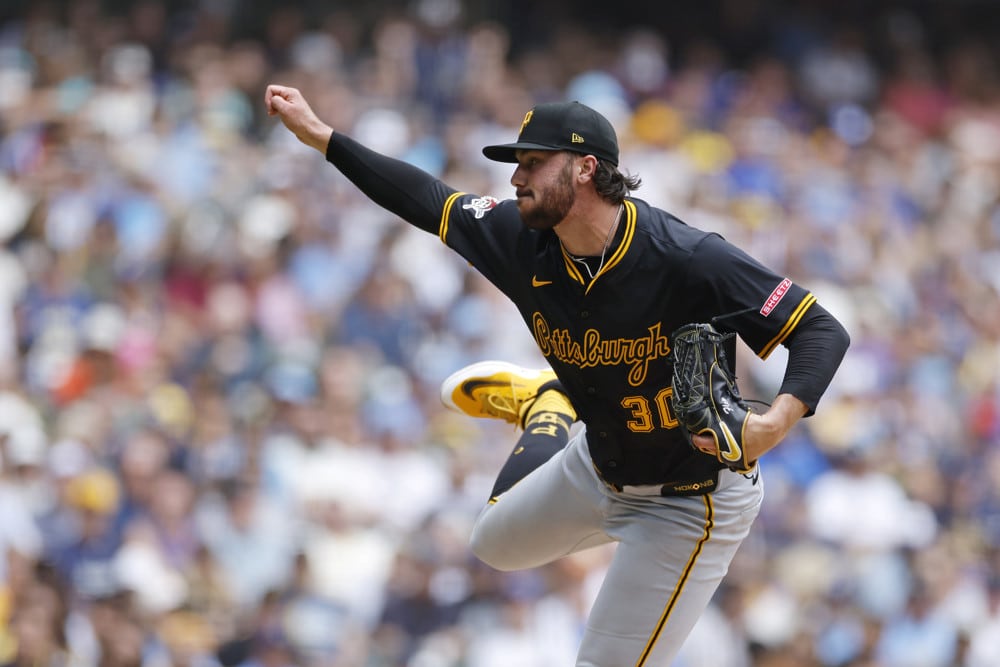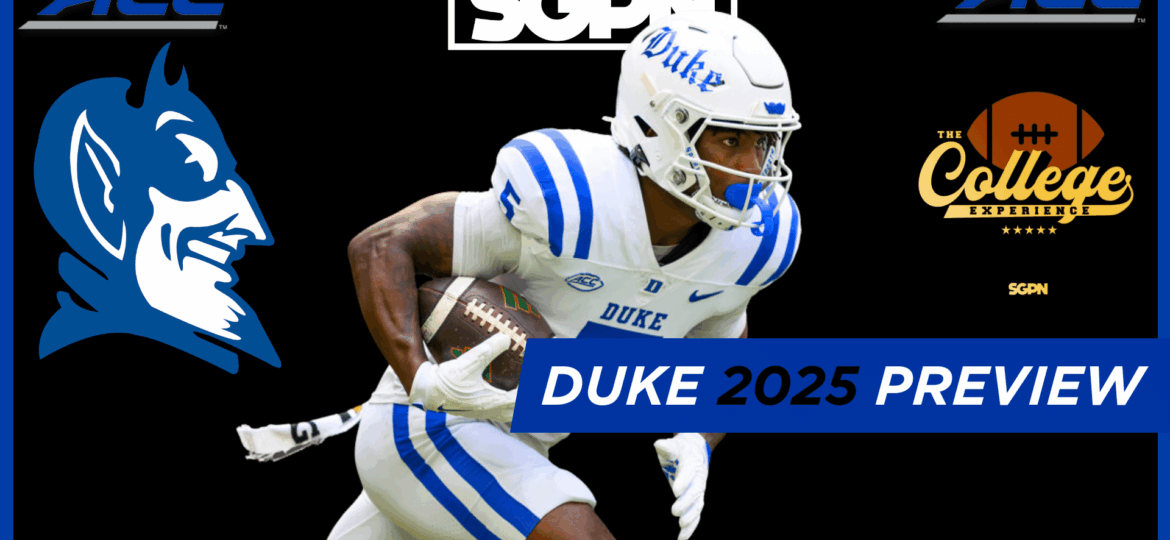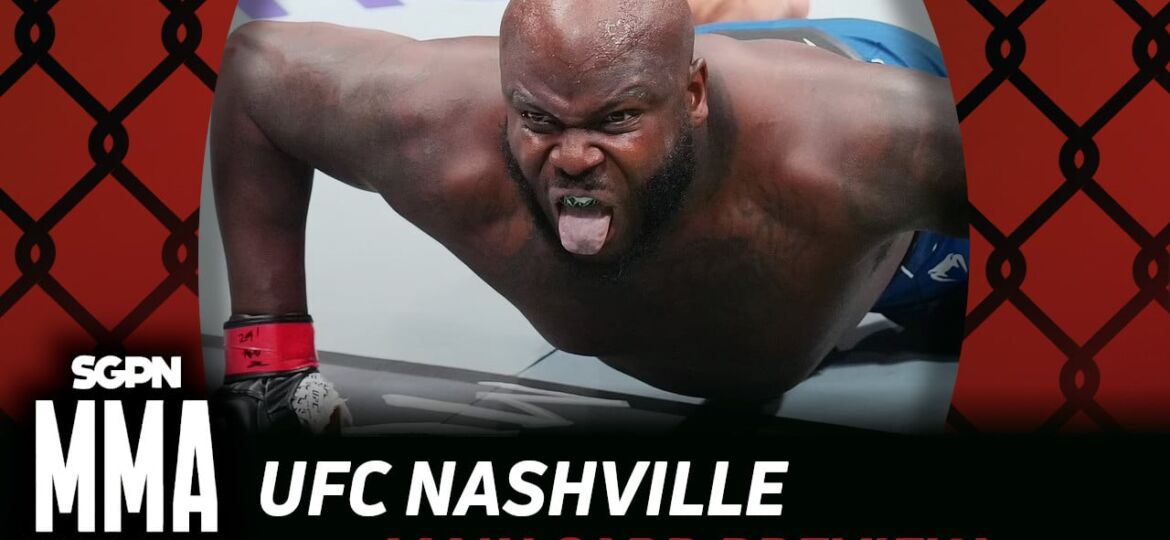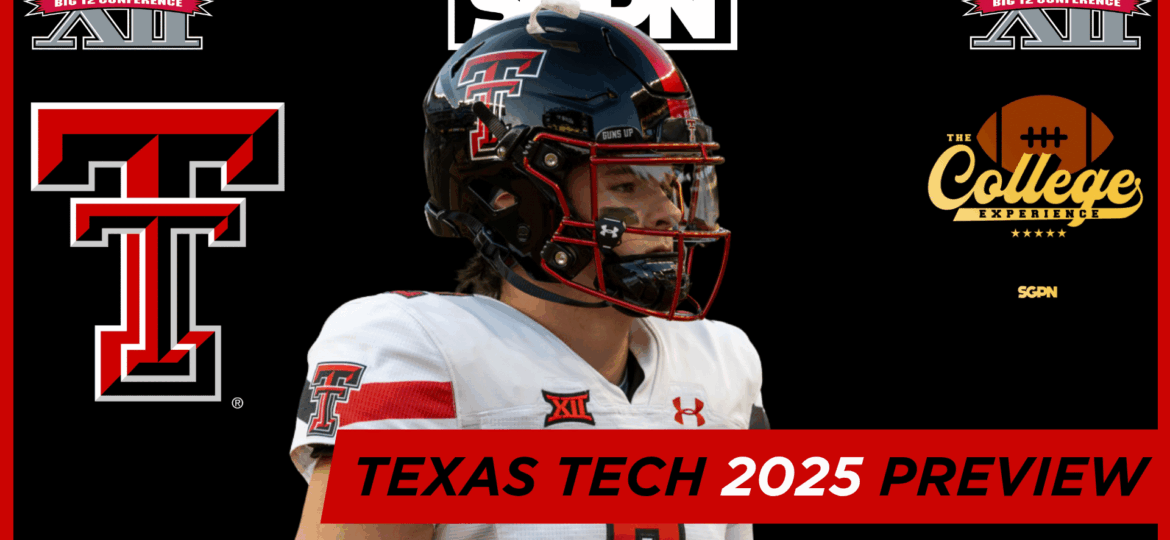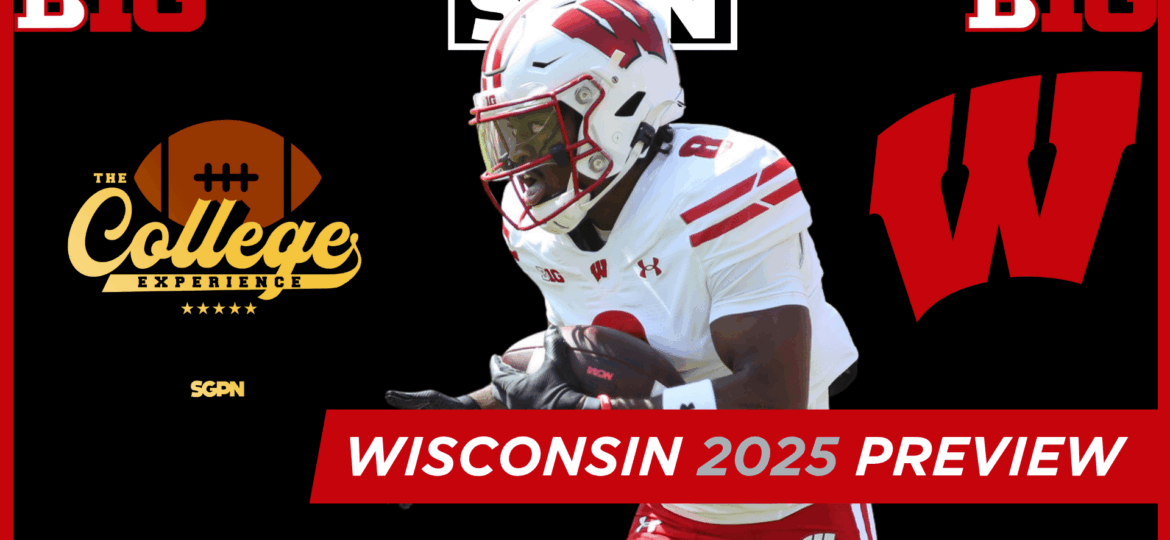This week, the PGA Tour honors a legend of the game as a star powered field pays a visit to the Bay Hill Club and Lodge for the Arnold Palmer Invitational in Orlando, FL.
Unlike last week, there is no shortage of big names that will tackle the 7,400 yard Champion Course. With the passing of Arnold Palmer back in 2016, the biggest names in the sport make an effort to ensure this event is on their calendar so they can pay tribute to one of the most beloved golfers in history.
Here’s everything to know before placing wagers on the 2020 Arnold Palmer Invitational.
The Field
The Arnold Palmer Invitational is one of three elite status PGA Tour events on the schedule, along with the Genesis Invitational and the Memorial. These are invite only fields comprised of 120 players, as opposed to the standard 156 player fields with final spots available through Monday Qualifying. Its status also means that the winner receives an automatic three year exemption to all PGA Tour events, as opposed to only two years for regular stops. The purse for the tournament is also one of the largest on the PGA Tour. Combining this with many top players’ obligation to pay tribute to the late and great Arnold Palmer there is no shortage of star power in this field.
Headlining the field is 2018 Arnold Palmer Invitational champion Rory McIlroy, who looks to add another victory at Bay Hill and notch his second win on the PGA Tour season. Rory comes into this tournament in great form and hasn’t finished lower than T5 in any tournament since last October. On a long golf course that plays to his strengths, another win for McIlroy at Bay Hill would not shock anyone.
Other notables in the field is defending champion Francesco Molinari (whose game is a complete mess right now), Bryson DeChambeau, Tony Finau, Tommy Fleetwood, Rickie Fowler, Brooks Koepka, Marc Leishman, Hideki Matsuyama, Phil Mickelson, Patrick Reed, Justin Rose, Xander Schauffele and Adam Scott.
The most notable omission to the field is Tiger Woods, who has won this event eight times in his career. After a blistering front nine at Riviera, Tiger struggled mightily over his next 63 holes to post one of his worst 72 hole scores of his career. He didn’t look right, and he confirmed this by choosing not to play this week due to a stiff back. It’s a shame because up until Riviera he had been playing so well, and I’ll admit I was looking forward to maybe picking him to win Bay Hill this week. Alas, I’ll have to look elsewhere.
For the rest of the field, click here.
The Golf Course
The golf course at Bay Hill was built in 1960 after a group of businessmen from Nashville, TN purchased the land from a man named Dr. P. Phillips, a noted citrus grower in the Orlando area. The land that now makes up the Bay Hill Lodge and Club was largely infertile due to a lack of nutrients in the soil, so because it was unproductive it was sold and repurposed as a golf course. Dick Wilson was the original architect of the golf course, and the course was sodded with Tiftway Bermudagrass, which was a first for golf course architecture in Florida.
Arnold Palmer came to Bay Hill for the first time in 1965 and fell in love with the land and the golf course. He was so enamored with it that in 1970 he leased the golf course from the owners, and in 1975 purchased the golf course outright. Then in 1979, he successfully negotiated with the PGA Tour to bring an official tournament to the club, where the Arnold Palmer Invitational has been played ever since.
The golf course has undergone a few renovations and changes throughout the years, but unlike others that sought to increase the difficulty, Arnold Palmer sought instead to increase the playability of the golf course. His goal was to make it more welcoming for amateurs, yet still challenging for the PGA Tour professionals that visit the club every March.
There’s nothing all that spectacular about the layout of the holes. It doesn’t show off with forced carries over huge hazards like last week at PGA National did. Nor are there spectacular oceanside views, elevation changes or other topographic eye candy that makes the playing experience a memorable one for a golfer. But the golf course is impeccably maintained, as the Bermuda fairways are in immaculate condition and the greens roll true and smooth. And over time the golf course has widened fairways and cut down trees to make it a more enjoyable playing experience for the high handicappers.
But there are still things done to the golf course that does give it some teeth. Several tee shots on the golf course are intimidating with water hazards lurking off the fairways, specifically for the tee shots on the 3rd and 6th holes. In addition, this golf course features very lush bermuda rough, much thicker than was seen last week at PGA National. And the yardage of the course has been increased from 7,100 yards to over 7,400 yards to respond to the increased length of the players on the PGA Tour. The lengthening was one of the only ways to keep the golf course challenging after the fairways were widened and trees cut down to make it more wide-open. This also forced the club to create some fairly awkward tee-boxes, such as the 15th. This tee-box shares with the 11th, is located across a street and has a row of hedges directly in front of it.
Unfortunately, lengthening a golf course and growing out thick rough tends to favor longer hitters even more. Modern big hitting pros are so long off the tee that they’ll still have a short iron in hand, in contrast with a shorter hitter who’s trying to go flag hunting with a mid or long iron. The golf course can definitely be bomb and gouged, though as Francesco Molinari and Matthew Fitzpatrick showed last year players who rely mostly on accuracy and precision can still find their way to a good finish.
Betting Strategies
As mentioned in the last paragraph, the changes to Bay Hill over the years have only given longer hitters more of an advantage in the tournament. Since 2016, the median ranking in driving distance on the PGA Tour for all players who finished inside the Top 20 on the leaderboard was 61st. Accuracy is still an important factor to success due to the penal rough, and players who lack length can still contend at Bay Hill. However, they’ll have to make up ground with precision ball striking and hot putting like last year’s winner Francesco Molinari did. Otherwise, the top of the leaderboard is primarily made up of long tee-to-green ball striking specialists who putt well on fast bermuda greens, which is evident from the relative skillset chart for how players find success at Bay Hill:
The long golf course also will test accuracy with long irons and all of the Par 3’s are in excess of 199 yards. Bettors should focus on proximity and strokes gained performances on approach shots 175+ yards. While approach play in the relative skillset chart above seems to indicate a de-emphasis of that area, the historical dispersion of scoring at Bay Hill indicates a greater emphasis of it on the leaderboard:
In terms of horses for courses, players in the field with at least 12 rounds at Bay Hill who have gained at least 1.5 strokes per round on the field are Rory McIlroy, Francesco Molinari, Tommy Fleetwood, Henrik Stenson, Bryson DeChambeau, Emiliano Grillo, Phil Mickelson, and Marc Leishman. All of these players are typically ranked as some of the best ball strikers tee-to-green in the world, which continues with the theme of how important ball striking is at Bay Hill.
Lastly, the closest correlated golf courses to Bay Hill in terms of the importance of relative skill sets are TPC Scottsdale, Silverado Resort & Spa, Sheshan International, TPC Boston and the Old White TPC. Players in the field this week who have great results on these tracks include Phil Mickelson, Tony Finau, Emiliano Grillo, Bubba Watson and Hideki Matsuyama. That doesn’t mean you have to necessarily pick these players this week, but rather provides a template of the types of golfers who are expected to play well at Bay Hill.





